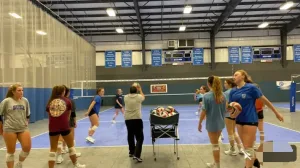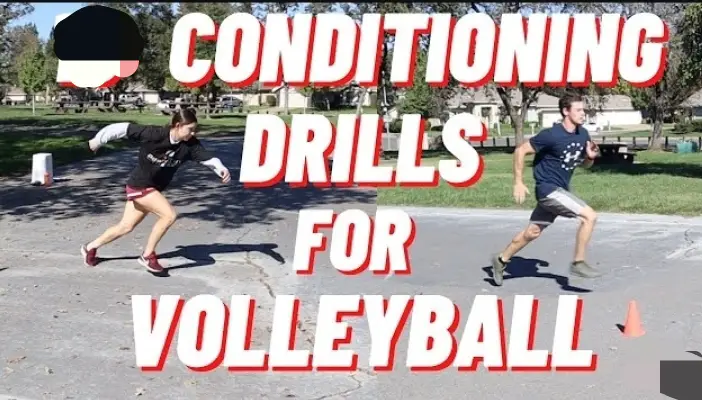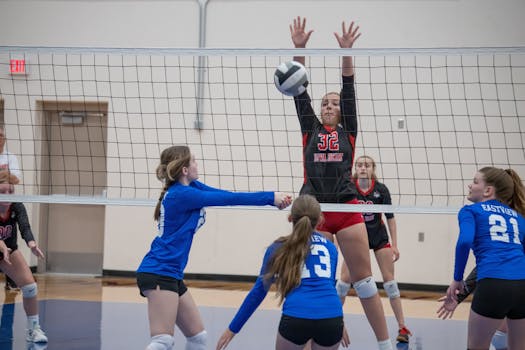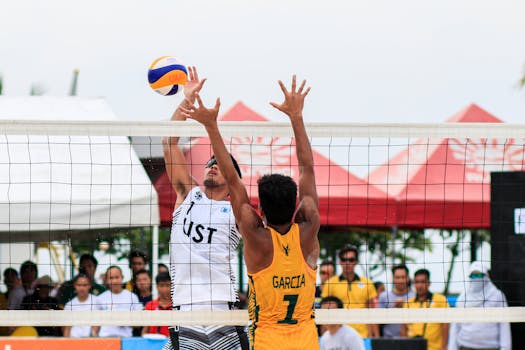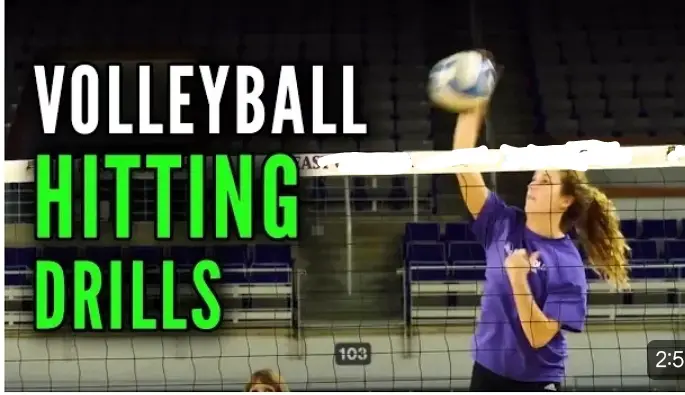Volleyball Tryouts: Evaluation Form & Tips for Selection

Volleyball tryouts are the best approaches many coaches use in selecting qualified volleyball players to join their team, especially through volleyball drills. If this is your first time of going on a volleyball tryout, then it might be a bit…

